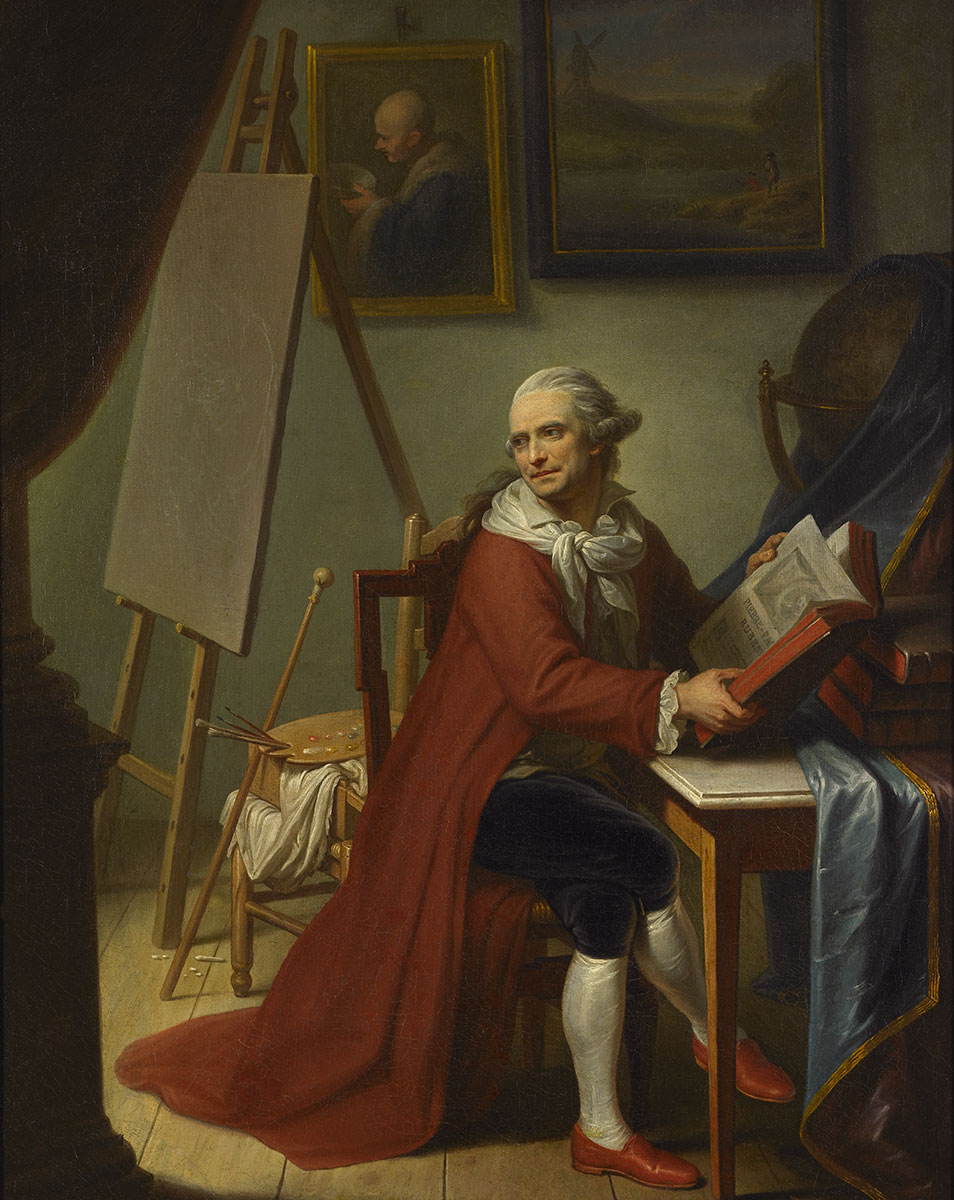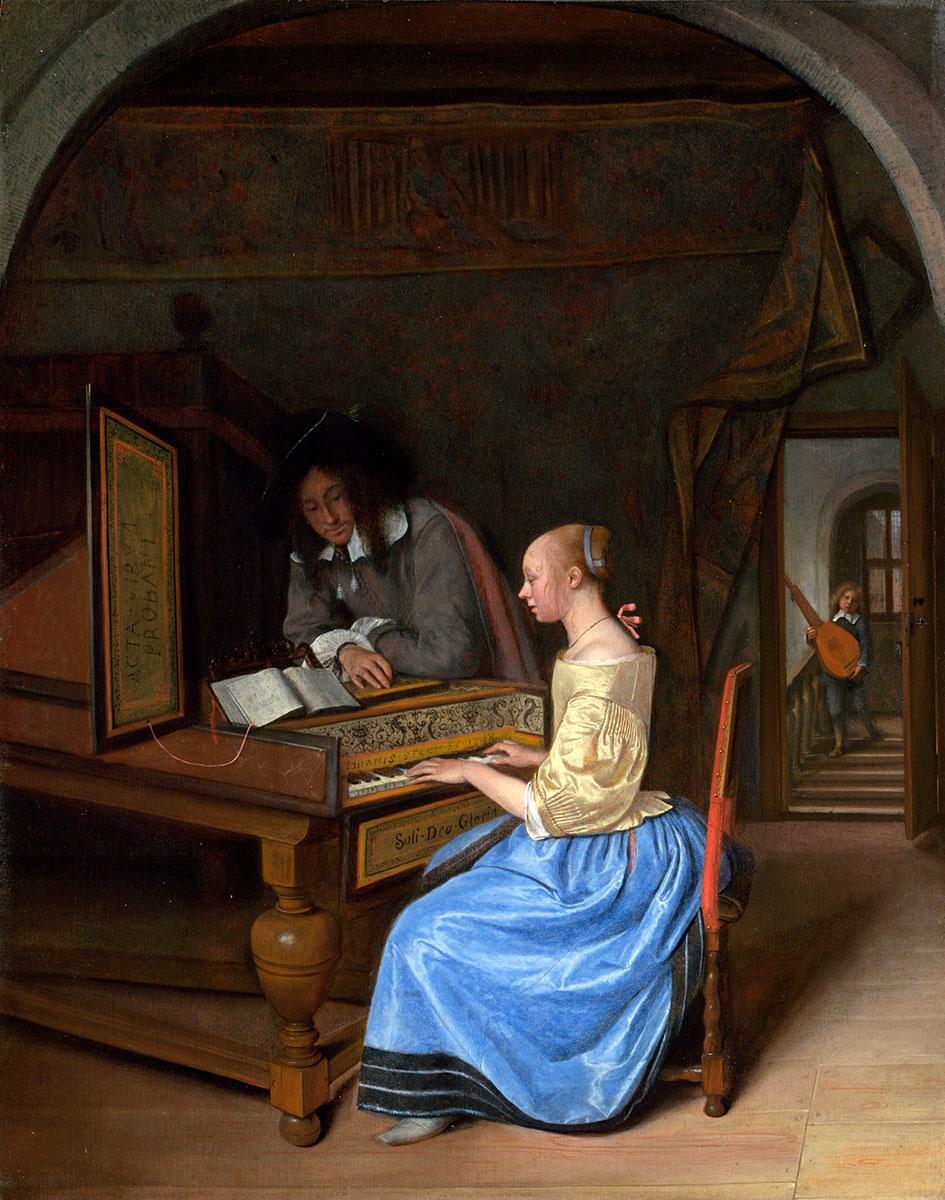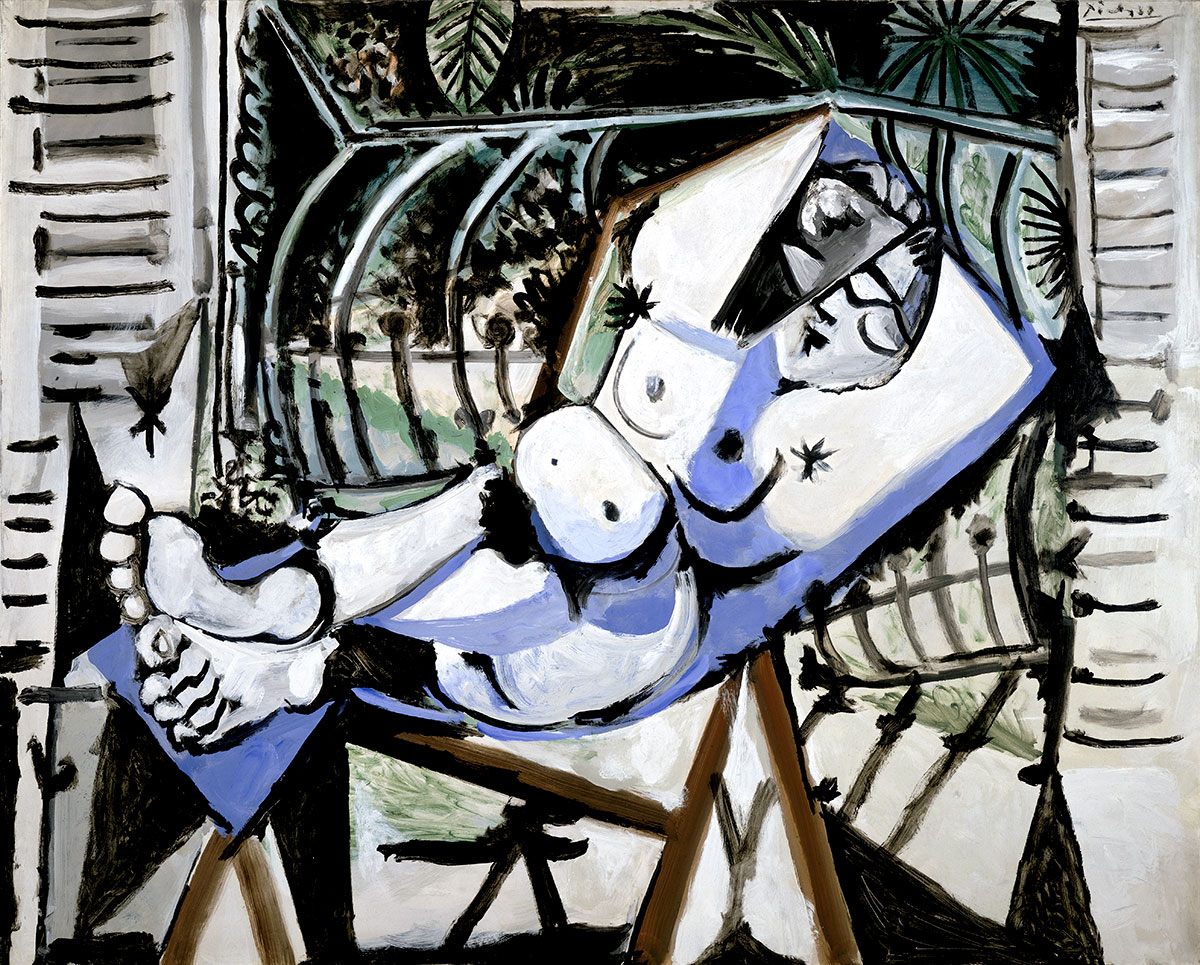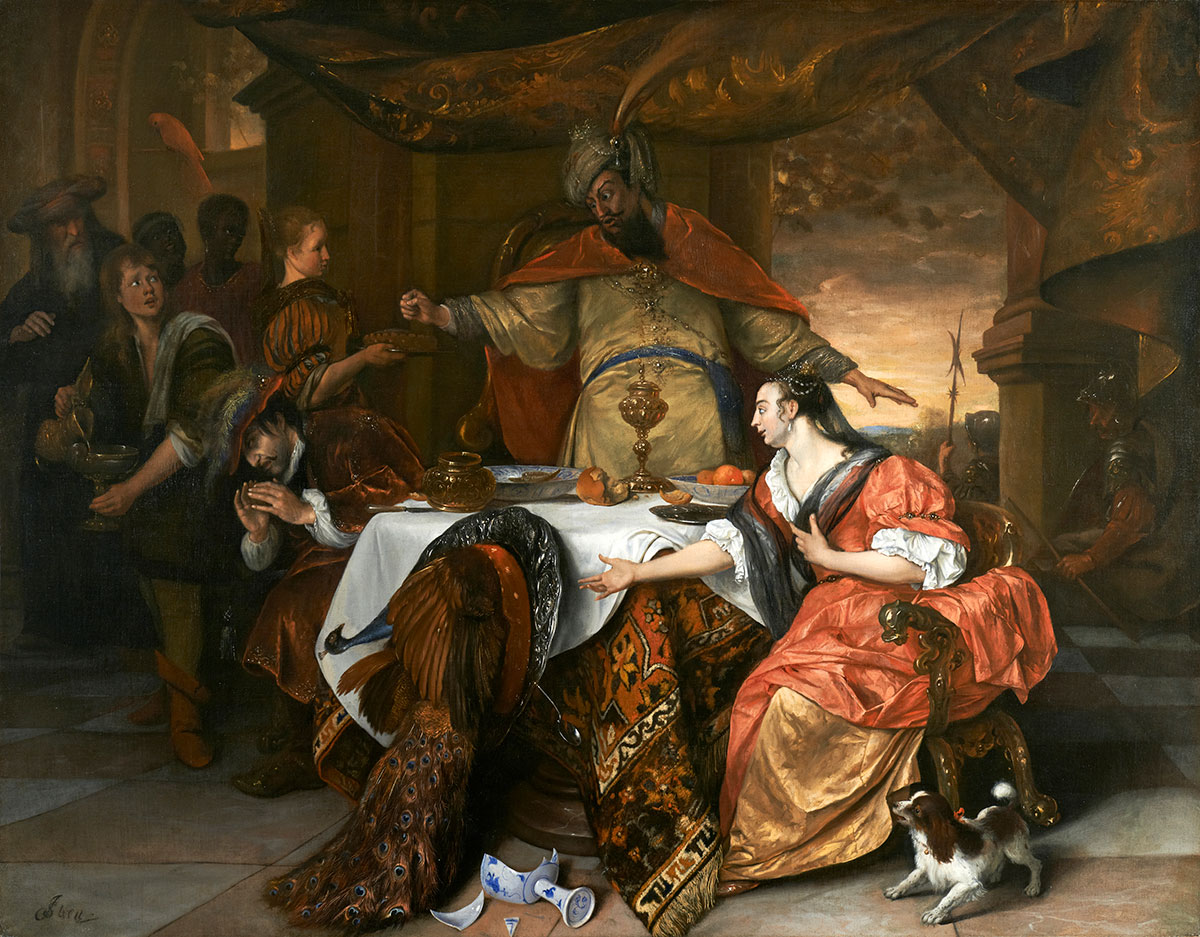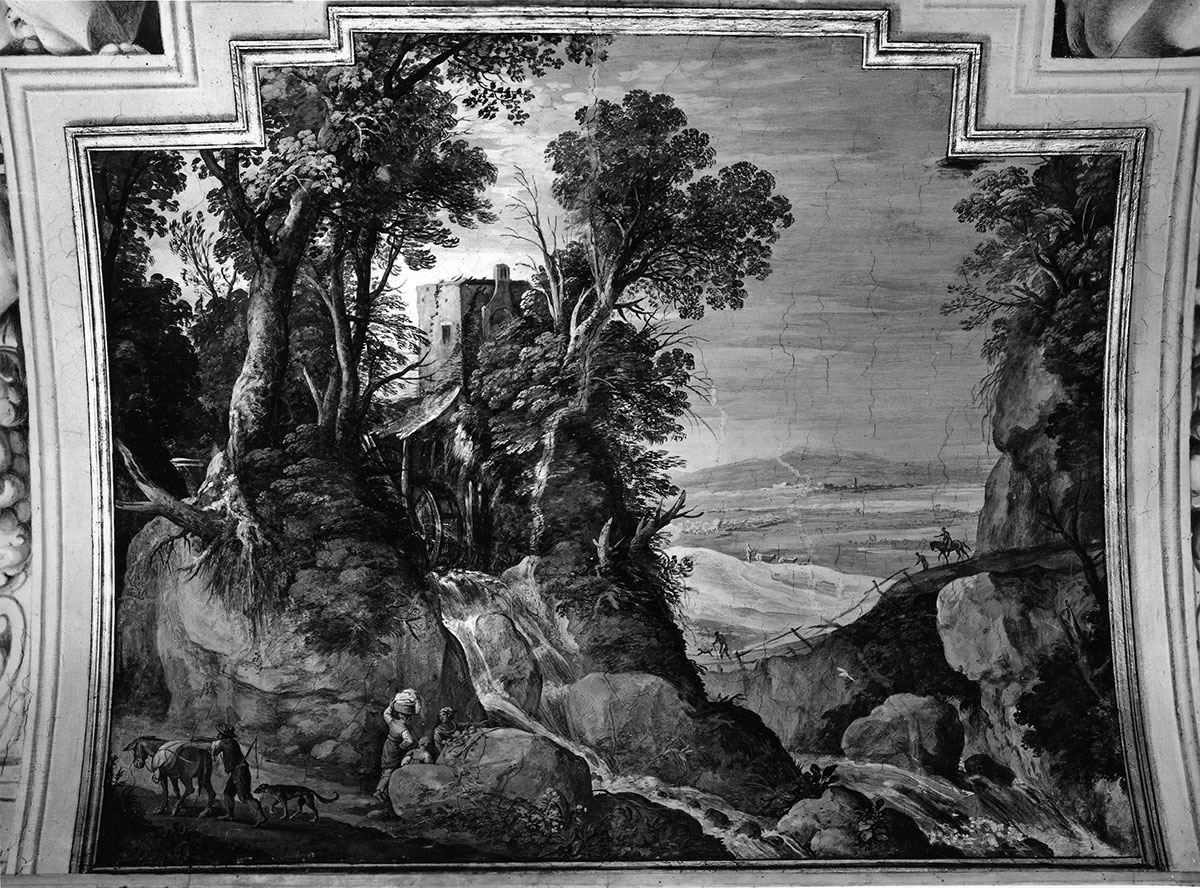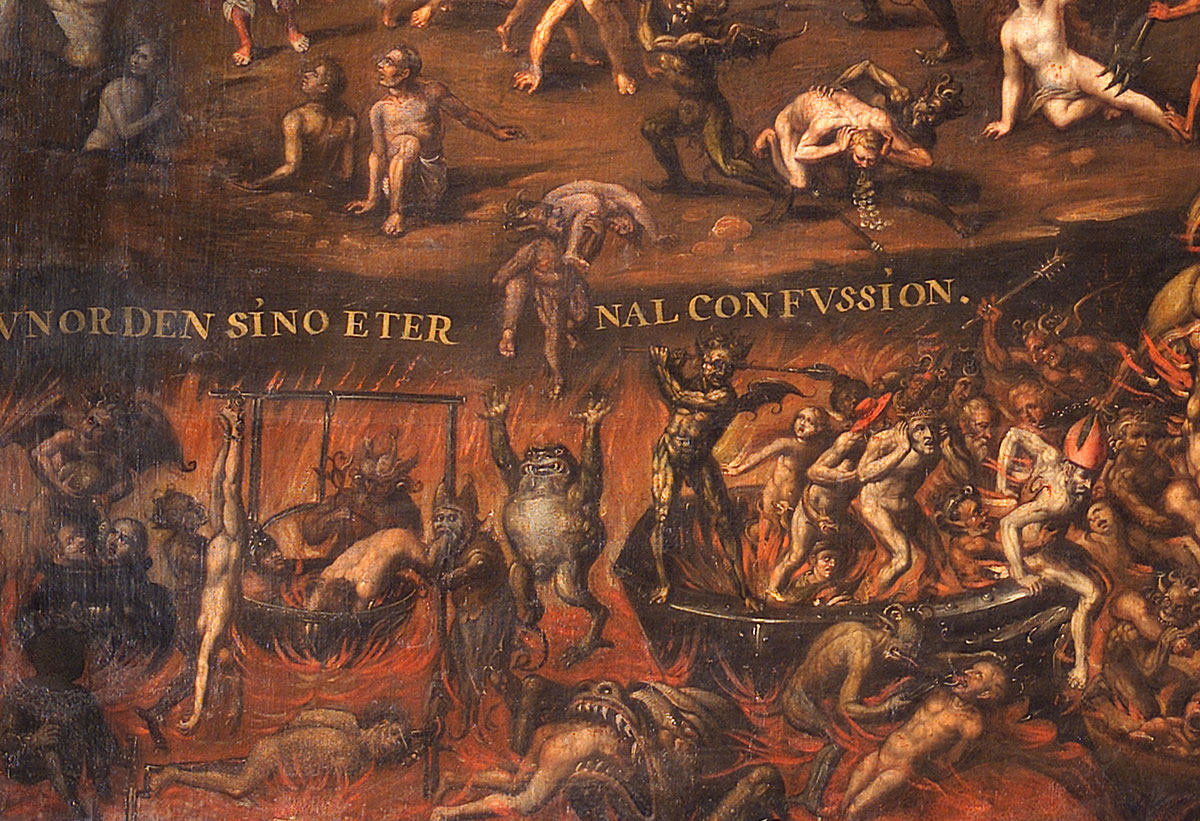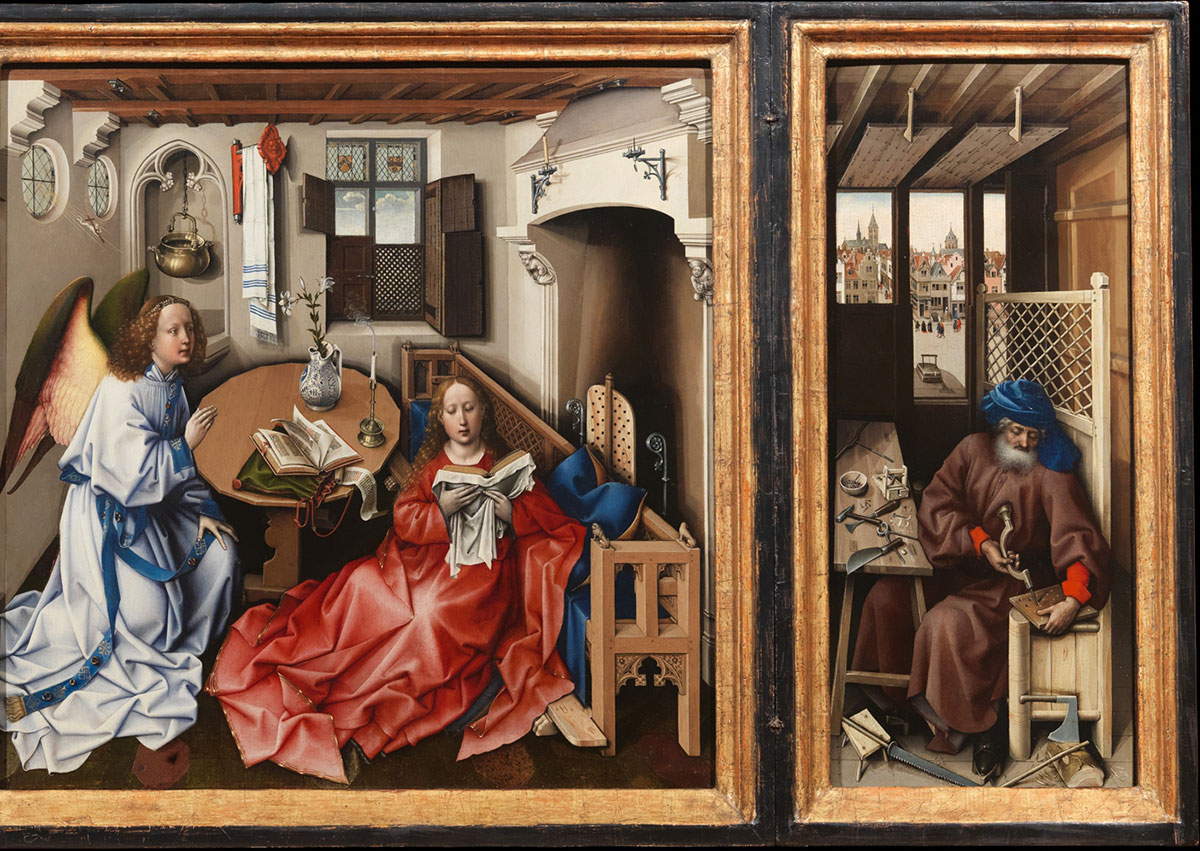Jean-Baptiste Descamps was born in 1715 in Dunkerque in the far north of France. His native tongue was Flemish, and it is abundantly clear from the publications that he wrote in French that he regarded himself as a Fleming.
39-4
Book review – Vermeer and the masters of genre painting
The exhibition of Dutch genre painting from the third quarter of the seventeenth century, which opened in February 2017 and will have reached its third and final venue in the National Gallery of Art in Washington by the time this review appears, is certainly one of the most ambitious ever made.
A nocturnal odalisque: Picasso’s Nude in front of a garden at the Stedelijk Museum, Amsterdam
In June 1981, Amsterdam’s College of Burgomaster and Aldermen decided that the city’s Stedelijk Museum should be allowed to buy Picasso’s late Nude in front of a garden, which according to the date inscribed on the back by the artist was completed in five days, from 29 August to 2 September 1956.
Jan Steen’s history paintings and Dutch art theory: comments and corrections by Gerard de Lairesse
Apart from his well-known genre scenes, Jan Steen (1626–79) also produced approximately 70 history paintings. These lively and characteristic works make up an interesting part of his oeuvre and stand out from the work of his contemporaries.
The bad bat: on two painted fables by Pieter Boel in Frankfurt am Main and Munich
No other work of Baroque art stages the battle between numerous different animal species to more thrilling effect than an exceptionally dynamic and lavishly colorful painting by Pieter Boel (1622–74).
Baglione on Flemish diligenza and the Italian maniera pittoresca in landscape and still life
It is widely accepted that the term pittoresco, meaning “painterly brushwork” following Philip Sohm’s definition, first emerges in Italian art literature in a letter by Salvator Rosa dated 20 July 1652.
Imagining Hieronymus Bosch in colonial Peru: foreign sources, indigenous responses
It has become almost a convention among Latin American historians of art to associate infernal imagery of the colonial period (c. 1492–1821) with the phantasmal paintings of the Netherlandish artist Hieronymus Bosch (c. 1450–1516)
The woodworker and the Redemption: the right shutter of the Merode triptych
Although the Merode triptych in New York’s Metropolitan Museum of Art features in every survey of the northern Renaissance, there is yet to appear an exposition of its complete narrative program.

